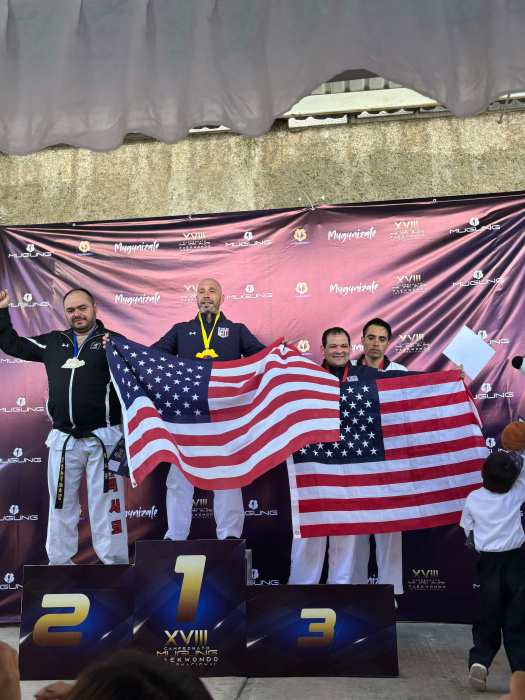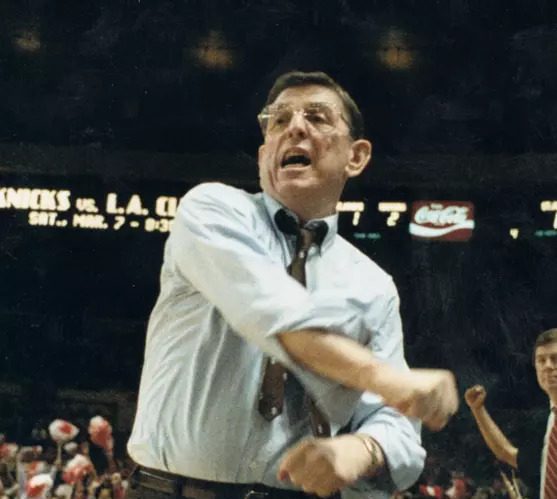Poker
While living in Las Vegas has more drawbacks than I could possibly explain in this limited space, one plus is that functions as the epicenter of the poker world.

As a result, I often don’t have to travel for tournaments that I’m working and playing, and I’m occasionally able to witness major industry moments due to my proximity to the Strip. What’s commonly accepted as the biggest poker moment in the year is the World Series of Poker Main Event final table, and on the Tuesday that restarted the event with only three players remaining, I drove down to the Rio to meet some friends and cheer on Ben Lamb.
No player garnered more buzz during the WSOP than Lamb, who won his first bracelet and made an absurd total of four final tables. He had a distinctive stare, and though he wasn’t opposed to showing elation when he was the recipient of good fortune, Lamb conducted himself professionally and became one of the fan favorites leading up to the final table of the Main Event.
He was in second place behind German Pius Heinz and slightly ahead of Czech Martin Staszko. Things had fallen Lamb’s way thus far through the final table, and his supporters vastly outnumbered those of his opponents. You could feel Lamb’s momentum from across the room.
Things changed quickly. On the first hand, blinds were an astronomical $600,000-$1.2 million, and after Heinz folded, Lamb raised to $3 million in the small blind. Staszko sat in contemplation for a moment in the big blind, then reraised to $7.5 million.
Lamb gave Staszko his trademark stare and took in everything he could from the silent Czech. Lamb then declared “all in” for a bet of $53 million, which more than covered the stack of Staszko, who had just under $43 million to start the hand. Staszko thought it over, then elected to call, and his pocket sevens won the coinflip scenario against Lamb’s kingjack offsuit. Lamb was crippled, and he busted a few hands later.
Much has been made of this hand, which so noticeably deflated the atmosphere in the theater. Some say Lamb could have waited for a better spot to get his stack in; others say it was exactly that kind of aggressive approach that brought him to the final table.
What Lamb had to question when facing Staszko’s three-bet was how willing Staszko would be to make a move on the first hand and reraise pre-flop without a holding that would have to fold to the move-in. Kingjack is a pretty good hand when three-handed or in a blind vs. blind battle, but the gravitas of the situation makes nearly everything about Lamb’s read on Staszko. And because it essentially boils down to one of those “Will he or won’t he” guessing game scenarios, I don’t feel qualified to second-guess the strategy of the hand without having been in Lamb’s shoes and witnessing all the same things leading up to it that he did.
But I felt fully qualified to enjoy drinks with Lamb at the celebrations for his multimillion-dollar result, and I felt happy for the amiable young man who had produced one of the greatest strings of results in poker history.
Tony Dunst is a poker pro and host of “Raw Deal” on World Poker Tour telecasts.



































